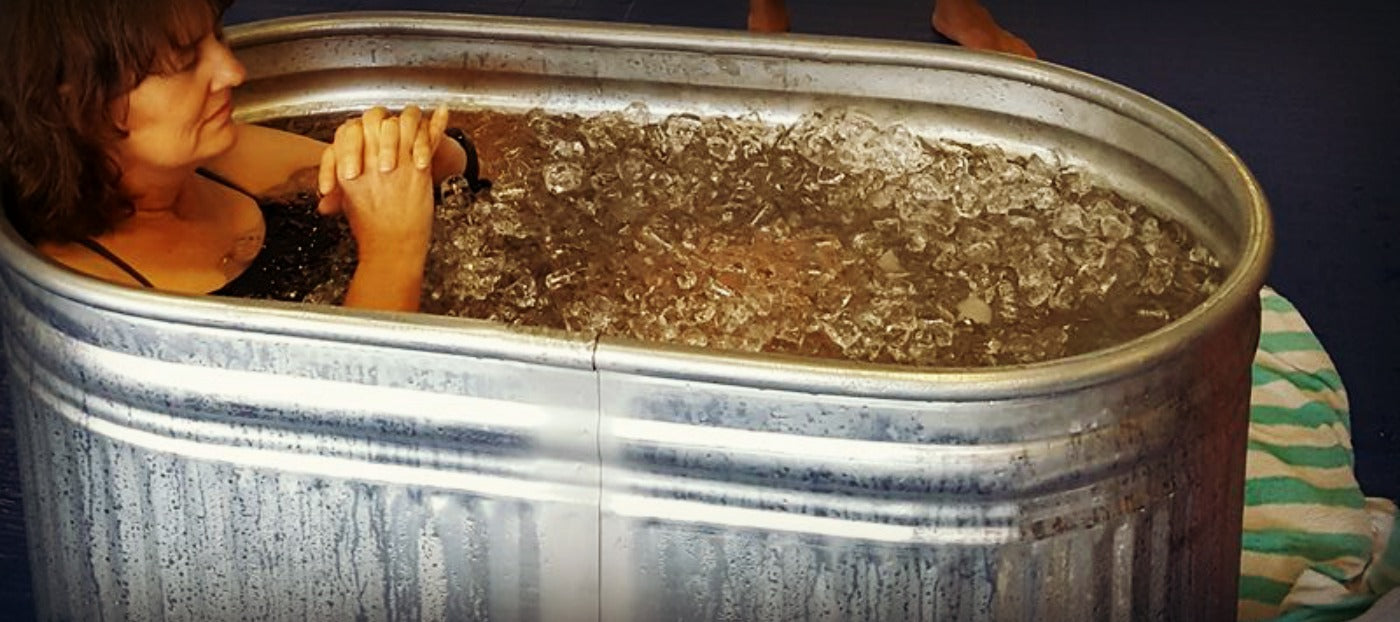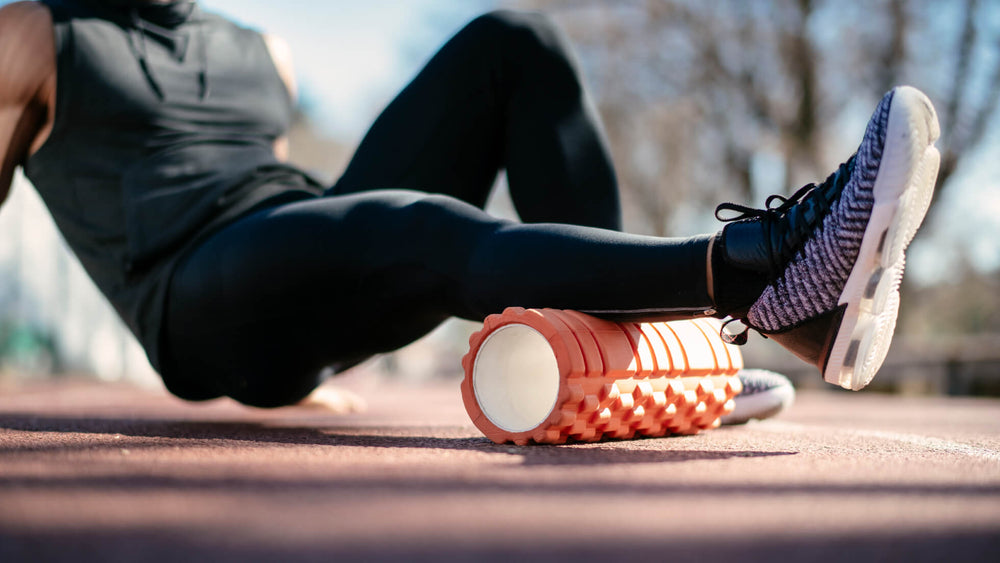Warm Up to Post-Workout Ice Baths

If you bike, run or swim at high intensity for any period of time, more than likely you have experienced sore muscles and discomfort. Endurance athletes have found that toughing out 6-8 minutes in an ice bath eases pain caused by vigorous exercise.
Ice baths, or cold water immersion therapy, reduce inflammation of tissues and joints, relieve soreness and speed recovery. Reduced swelling and tissue breakdown result when the ice cold water suppresses metabolic activity and causes blood vessels to constrict.
Once the skin is no longer in contact with the cold source, the underlying tissues warm up, blood flow increases and the byproducts of cellular breakdown are returned to the lymph system for efficient recycling by the body. This process suppresses inflammation while purging broken down tissues.
If you're ready for your own personal polar bear experience, fill a bathtub with about 30 pounds of ice, then add water and jump in! Soak for 6-8 minutes. Don't be concerned when your teeth start chattering, but stay no longer than 8 minutes or you may cause tissue damage. For less of an initial shock, try filling the tub with cool water and getting in first, then adding ice after you acclimate for a bit.
Better yet, if you are lucky enough to have access to a cold lake, go jump in it!
Take the next step in your training regimen: Try any BRL Sports supplement risk-free! If our natural nutritional products aren’t the best you’ve ever used, simply return your purchase for a 100% refund — no questions asked!
Also in Inspiration & Perspiration

High Altitude Supplements: Complete Guide to Training & Prevention (Altitude Sickness Solutions)
Support endurance and reduce altitude stress with supplements that improve oxygen efficiency, stamina, and recovery in high-altitude conditions.

Best Supplements For Runners: Complete Guide By Training Phase (Base, Peak, Taper & Race Day)
Discover the best supplements for runners by training phase—base, peak, taper, and race day—to boost endurance, recovery, and performance.

Creatine for Endurance vs. Sprint Efforts
Creatine isn’t just for power—learn how it boosts sprint speed, recovery, and endurance performance.


